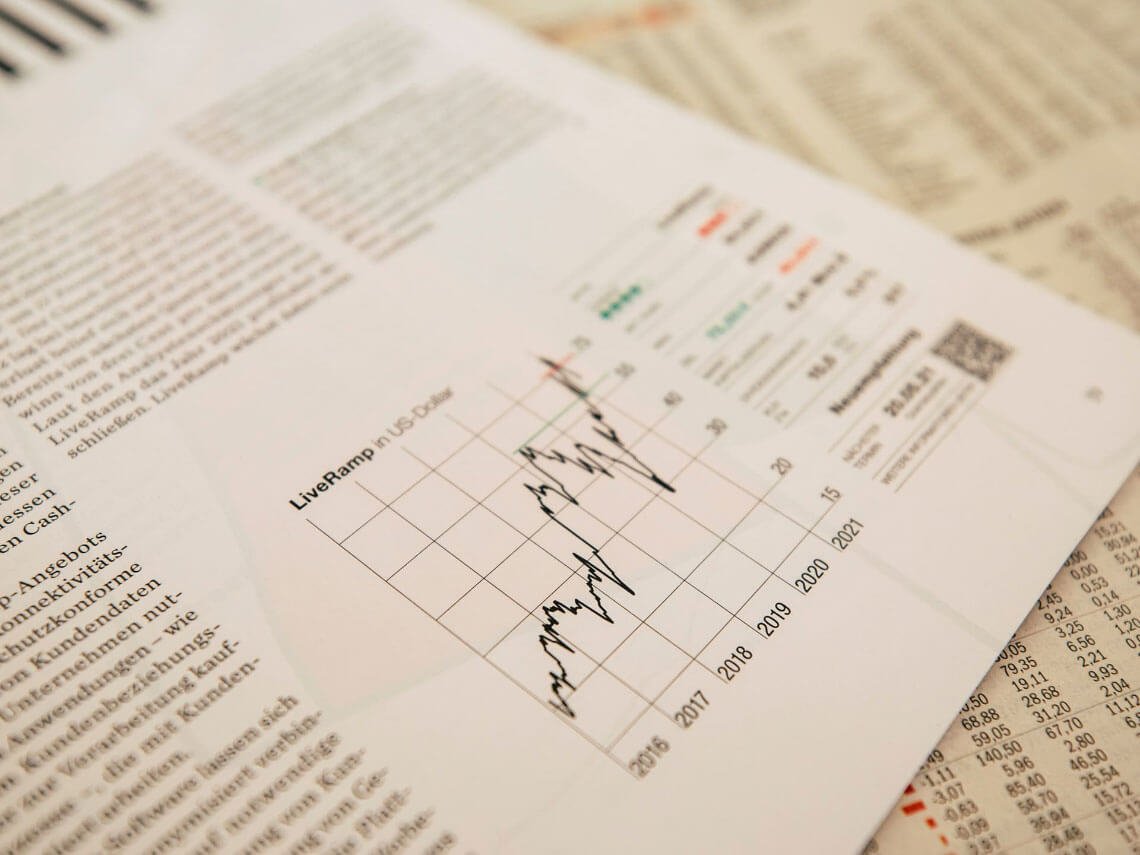Banana Export Becomes Alternative for Palm Oil
- 2023-03-15
- Posted by: Widyadhana Mufida
- Categories: Agriculture, News

Banana plantations in East Kalimantan are claimed to be able to contribute greatly to exports. This agricultural commodity is expected to be an alternative to palm oil.
Reported by bisnis.com, the bananas used by the East Kalimantan plantation are Kepok Gercek banana. These banana varieties originate from Bukit Harapan Village, Kaliorang District, East Kutai Regency. This banana has a characteristic green skin with whitish yellow flesh. This banana has a sweet taste and soft texture.
Based on these facts, East Kalimantan farmers realize the advantages of growing Kepok Gercek banana. Farmers feel that growing this variety of bananas will generate more income than palm oil. According to Priyanto, the Chairman of the Taruna Bina Mandiri Cooperative, planting bananas can increase farmer’s income.
It is estimated that farmers can earn IDR 8.5 to 9 million per month from 200 Kepok Gercek banana trees per hectare. This income is far from the estimated income of palm oil farmers. The income of palm oil farmers is approximately around IDR 4.6 million per month from an average land area of 4.18 hectares.
“One farmer can have a land area of 2 hectares to 3 hectares. Finally, farmers are now of the view that planting bananas actually produces more than palm oil,” explained Priyanto.
The shift in East Kalimantan farmer interest to banana commodity was also followed by market interest. Currently, local and foreign markets also need Kepok Gercek bananas. So there is great potential for farmers to increase production.
“If we can optimize production, there is great potential to produce surplus production,” he added.
Support for Banana Exports
Meanwhile, the Provincial Government of East Kalimantan is also focusing on strengthening the production and development of the Kepok Gercek banana commodity.
Head of the East Kalimantan Industry, Trade, Cooperative, Small and Medium Enterprises Service, Muhammad Sa’duddin expressed his support. His party plans to build small factories or joint production houses. It will be used to collect several commodities in various districts or cities in 2024.
“The small factory will stimulate the others. So that if there are factories, the turnover will increase. As soon as the turnover increases, the farmers will expand their land. When it is large, investors will automatically be able to enter, that’s the story,” he said.
